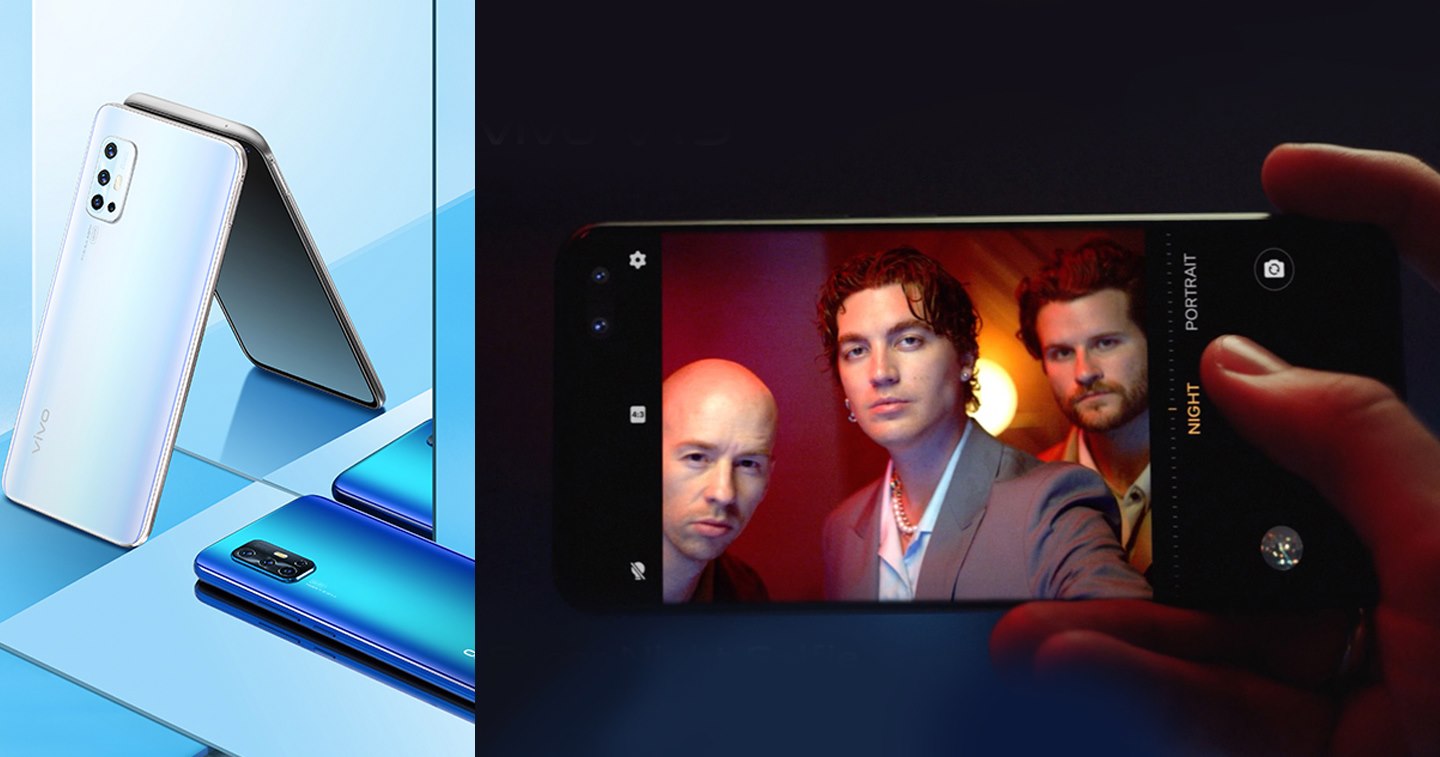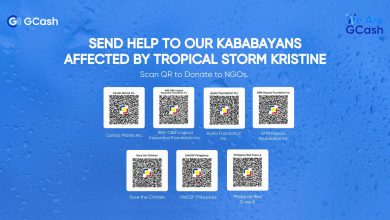MANILA, PHILIPPINES– Despite being hailed as the world’s social media capital, experts still refer to the Philippines as very much “a TV country,” with television considered as the country’s most trusted medium. Local advertising and marketing echoes this as much– in an industry valued at $3 billion, half of companies’ advertising budgets are usually allocated on TV spend.
Although online spending has long been the norm for brands, digital media remains secondary to television in the local advertising landscape– in spite of the country’s unparalleled Internet and social media usage. In January 2020, social media penetration was recorded at 67 percent, as the number of Filipino social media users grew to 73 million. There are also 173.2 million mobile connections recorded around the country, an impressive number considering the country’s digital infrastructure could use some improvement–the internet speed this year grew to 26.18 mbps from last year’s 18.6, a welcome change but still below the global average of 54.3 mbps.
This year, however, the country was hit with a deluge of disruptive events–including an unprecedented global lockdown from the COVID-19 crisis, and the sudden interruption in one of the biggest primary channels. Amidst these tumultuous times, an opportunity existed for digital media to emerge as a major driving force. How could a brand pivot a product launch primarily on social media and garner successful results online?
How a smartphone company exceeded goals with a Facebook-first media campaign strategy
Global consumer electronics company vivo specializes in smart devices and intelligent services such as smartphones, companion devices and Internet of Things hardware, with a presence in over 30 countries. As the market leader in the Philippines for smartphones and other electronics devices, vivo needed to find a new approach and re-work its media campaign strategy in order to launch its new smartphone, the V19 Neo, and drive sales.
Concerned that it would not meet its audience reach goals for the product launch campaign, the smartphone company reached out to Facebook to learn how it could augment the loss. Ultimately, vivo decided to pivot its media plan to focus on a Facebook-first product launch that was supplemented by television ads.
In shifting its campaign to prioritize Facebook, vivo allocated 33 percent of their impressions to Facebook, a significant increase from the traditional allocation of 5 percent or less. The company used photo ads and video ads with mobile-first creative to showcase the new phone’s features and benefits in real-life situations. The ads also highlighted its new brand ambassador, LANY. Running for six weeks, the campaign targeted the ads to an audience of 21- to 44-year-olds in the Philippines with an interest in smartphones, digital photography, nightlife and entertainment.
“By pivoting its campaign to be a Facebook-first campaign, vivo allocated 33% of their impressions to Facebook as opposed to the traditional allocation of 5% or less. In doing this, vivo managed to reach 94% of its target audience, with 36% of that reached solely on Facebook. The fact that the reach exceeded the percentage of impressions is indicative of the digital platform overperforming,” said Jose Crisanto Tano, Digital Product Lead, Nielsen Media Philippines
How the Facebook-first strategy exceeded campaign results
As this was a new type of campaign for vivo, the company tested the cost efficiency and efficacy of this media plan by partnering with Nielsen. Together, they measured the campaign through a Total Ad Ratings (TAR) study, to understand the reach of advertising campaigns across TV and digital by revealing the reach of online ads, TV ads and both combined.
The new Facebook-first media plan helped vivo achieve its highest-ever sales and market share in the Philippines by reaching its target audience effectively and efficiently. It achieved the following results:
- 93 percent of target audience reached through Facebook-first media strategy at 25 percent of the investment required for television-first media strategy per a Nielsen Total Ad Ratings study
- 84 percent of target audience reached with Facebook per a Nielsen Total Ad Ratings study
- Facebook’s cost-per-reach is 30 percent cheaper than TV per a Nielsen Total Ad Ratings study
- 2.8X of preorder goal achieved
“After pivoting our product launch campaign strategy, our media agency, Mindshare, and Facebook showed excellent chemistry in working to deliver exceptional results. The teams helped point our brand in the right direction for future media plans, and we expect to devote more budget to digital-first strategies moving forward,” shared Tess Xian, Digital Marketing Lead, vivo Philippines.
“Vivo’s campaign and the subsequent Nielsen study has made us fully aware of how we can best drive maximum reach to solidify our clients’ long-term brand-building goals. This product launch will serve as the start of a long-term business-building process that aims to establish vivo as the top-of-mind, and top-selling smartphone brand in the Philippines,” added Ethan Reyes, Client Lead for vivo, Mindshare Philippines.
Television may continue to dominate the country’s media sphere, but recent local and global events are ushering changes in user behavior and practices— shaping how brands can refocus their campaigns and shift their priorities to different platforms.
As vivo’s Facebook-first campaign has shown, not only did Facebook deliver in terms of market reach, it delivered in terms of providing brands a cost-effective approach for media spend. As times change, marketers and advertisers must continue to evolve and adapt strategies that meet consumers where they are to achieve business goals and drive results.









